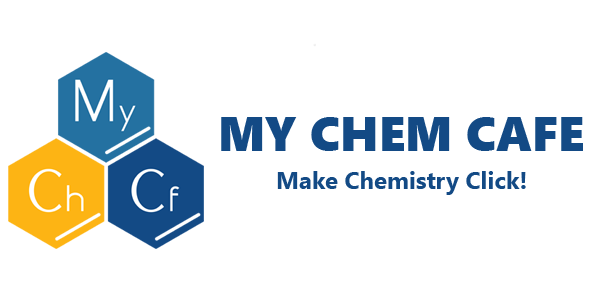16. Application of Chemistry in the Kitchen
Kitchen Chemistry – The Science of Baking
Ingredients commonplace in the kitchen shelves of baking lovers, baking soda and powder work their ‘magic’ on the batter while it bakes in the oven, leavening the food being baked. To all those who love fluffy breads or chiffon cakes that are light to the palate, you have the baking soda & powder twins to thank for. However, while their intended effect may be similar, baking soda and baking powder do have their differences.
The Chemistry Behind Baking Soda & Powder
Baking soda’s scientific name is actually sodium bicarbonate. A compound familiar to many of us who took ‘O’ Levels, ‘A’ Levels or the International Baccalaureate (IB), sodium bicarbonate dissolves to form Na+ and HCO3- ions. Chemistry tuition offers a deeper insight into which compounds are soluble in water and which are not – an important skill students should master in order to better understand chemistry. The HCO3- ions are the stars of the show here: acting as bases, they react with the acid in the batter or baking mixture in an acid/base reaction, resulting in the production of carbon dioxide. The release of the carbon dioxide causes the baked goods to rise and turn fluffy. Acid-base reactions are commonplace in most chemistry syllabus, and are concepts that chemistry tutors often focus on in chemistry tuition, enabling students to perform well in their chemistry examinations. This reaction mechanism of HCO3- ions is just one of the many examples that will be shared about in our chemistry classes as the chemistry tutor focuses on application-based learning, an essential skill needed to ace examinations in this era.
Baking soda’s twin, baking powder, depends on the same type of reaction, acid-base reactions to bring about its ‘magical’ effect. However, it is more independent in that it does not depend on the presence of an acidic compound in the mixture it is being added to, but rather produces its own acidic compound that will spur the acid-base reaction. This is because on top of sodium bicarbonate, baking powder also contains disodium dihydrogen diphosphate, an acidic compound. Upon dissolving in a liquid, the disodium dihydrogen diphosphate will then react with the sodium bicarbonate in an acid-base reaction to produce carbon dioxide, the hero behind the leavening of our loaves, as a by-product. Having Chemistry tuition with us will be filled with such real-life applications and a deeper study into acids and bases, including how to define and identify an acid – a skill that most chemistry tutors simply skim past!
Applications of Kitchen Chemistry
The acid-base reaction, also named neutralisation, progresses at a faster rate in the oven where heat is present. In chemistry tuition, more concepts related to rates of reaction will be learnt under ‘Chemical Kinetics’, where collision theory on a molecular level will be studied. A topic that demands a range of answers, from simple qualitative answers in ‘O’ Levels to quantitative calculations in ‘A’ Levels and IB, chemical kinetics or simply rate of reaction is an important topic emphasized in chemistry tuition in a rigorous yet fun manner.
Next time, when you bake your next loaf of bread, take comfort in your newfound knowledge of the intricacies behind the ingredients being mixed. Chemistry is all around us, we just have to curiously search them out and make an effort to understand them!
Click HERE to read next
Chemistry Tuition Singapore @ MY CHEM CAFE
Principal Chemistry Tutor: Mr. Jacky Wong

